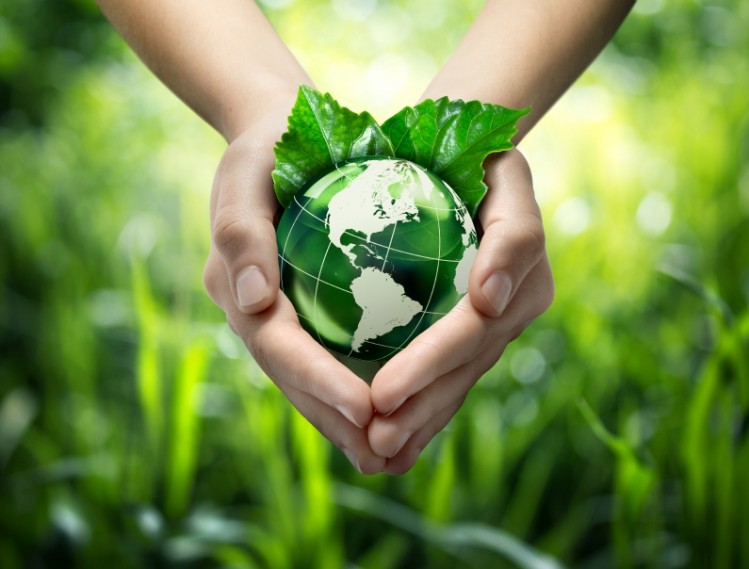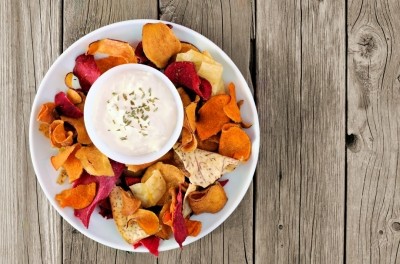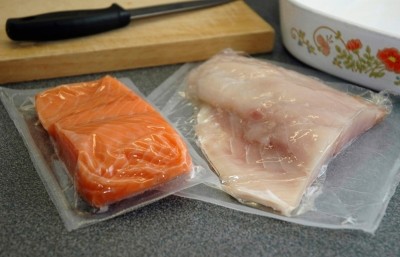Special edition: Sustainable Packaging
SPC: Role of sustainable packaging

SPC, a project of GreenBlue, is an industry working group working on an environmental vision for packaging.
GreenBlue is an environmental nonprofit looking at the sustainable use of materials in society.
Nina Goodrich, executive director of GreenBlue and director of the SPC, said from the packaging perspective there were three branches - source, optimisation and recovery.
“Source is where the material comes from, are they incorporating recycled materials or certified polymers,” she told FoodProductionDaily.
“Optimisation is not in terms of reduction of packaging, the last thing a producer wants is to damage to the product so there is a balance between optimising packaging and product.
“Recovery is from the design at the beginning, if the materials can be recovered or the recycle streams, for example, getting plastics bags out of municipal recycling facilities as they can wrap around machinery.”
Founding members and work
The nine founder members of the group include Cargill Dow LLC (now NatureWorks), The Dow Chemical Company, MeadWestvaco (now MWV), Starbucks Coffee Company and Unilever.
Companies that have joined total almost 200 including 3M, Amcor, Bemis, Crown Packaging, PepsiCo, Mars, The Kellogg Company, Silgan and Sealed Air.
Goodrich said SPC has evolved with sustainability since it started in 2004.
“We have grown because of the need for industry to share best practices. SPC was good at mediating the conversation across the supply chain and members create action, shared challenges and opportunities to get better, so it served a need at the right time.”
The Essentials of Sustainable Packaging course offers an introduction to sustainability considerations applicable to the packaging life cycle: material sourcing, packaging design, manufacturing, transport, and final disposal.
The one-day seminar allows packaging professionals and corporate sustainability decision-makers to learn about sustainability considerations for packaging.
Goodrich said the uptake on the course is increasing which is an indication that more designers are thinking about the circular economy and becoming more aware of a products life-cycle.
She also talked about the How2Recycle Label, which is a project of GreenBlue’s Sustainable Packaging Coalition.
It is a standardized labeling system that communicates recycling instructions to the public.
Variation in recycling programs, unclear labeling, and inaccurate recyclability claims make proper recycling a challenge, said GreenBlue.
The label only applies to packaging sold in the US, with a limited availability for items in Canada.
“It was launched one year ago, the idea is the manufacturers puts the label on the package and it indicates if the packaging is widely recycled, there is limited recycling which is a check locally sign or it is not yet recycled,” said Goodrich.
“Brands make a goal for recycled content use and with an on-pack label they can communicate to consumers what they are doing.
“Walmart is requiring brands take a look at the label and they will start to use it on their private label brands.”
The Walmart Foundation awarded a $25,000 grant to GreenBlue to support the How2Recycle Label Program in December last year.
End of life sustainability
Goodrich said technological developments and improvements, such as in optical sorters, is helping end of life options.
“There is a lot of work to do but it is getting better. The more bales are sorted the higher value of materials there are and we have domestic markers for PET but the one for PP is still growing and research is going on as to the end of life options for flexible films,” she said.
“Different pathways are emerging for end of life options and to create materials like anaerobic digestion and biopolymers so it shows sustainability is a focus.”
Consumers understand recycling but beyond that, other terms are not always so well understood, said Goodrich.
“Compostable is a validated end of life, you can have PLA for example which can be recycled or composted. It is moving rapidly for some municipalities, it is a big opportunity area. There are not many facilities today but it is growing rapidly so there is a push for consumer education.
“Biodegradable is not well understood and the conditions with that and there are some fears around biodegradable additives in conventional plastics.”
The group is holding an event for sustainability professionals across the packaging value chain to come together on questions about issues that matter most for moving sustainability forward.
SPC Advance is in Charlotte, North Carolina on October 6-8, 2015.








